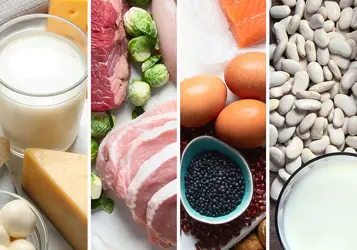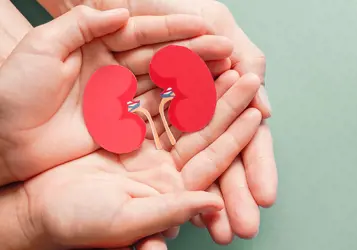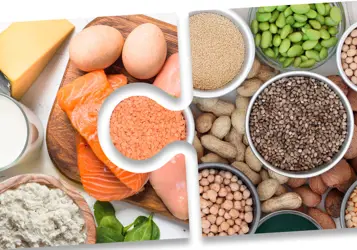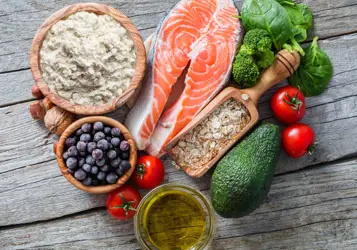But, like all technologies, membranes have their limitations. The need to produce increasingly specialised ingredients while moving towards new environmental targets has made these constraints ever-more apparent.
For several years now, we’ve been exploring new combinations of technologies to take us beyond today’s limits, so we can separate protein fractions with a higher degree of selectivity and control and improved processing efficiency.
To build the foundation for this targeted research and development, we have invested in expanding our knowledge. This has basically involved gaining a deeper understanding of one of the all-time puzzles in membrane processing: why membranes work as they do.
Know the molecules and their charge
Until quite recently, the typical approach to finding the best membrane for a specific fractionation process was largely based on application trials, drawing on accumulated experience to obtain the right result. There used to be very little mechanistic insight into why one membrane worked better than the others – or about why it stopped working so well when something in the process changed.
Today, we know that efficient protein fractionation is not only about using a membrane with the right pore size. It’s also about the positive, negative or neutral charge of the target molecules and membrane, which causes them to attract or repel each other like a magnet.
When a membrane rapidly becomes clogged, an unfavourable mix of positive and negative charges is a likely cause. This is because, even though some molecules have the right size to pass the membrane, they will remain on the surface because the membrane simply repels them. We are currently studying this phenomenon in collaboration with the University of Twente in the Netherlands.
Another finding is that cleaning processes can alter the membrane’s pH and, subsequently, the type of charge at the membrane surface. A drop in fractionation efficiency may follow as a result.
Electrodialysis – new opportunities to explore
It’s knowledge like this that has now drawn our attention to another well-known technology: electrodialysis.
Electrodialysis makes it possible to separate molecules that are negatively or positively charged. They are simply dragged away from each other magnetically. In the dairy industry, this technique is already widely applied for demineralisation purposes.
So what if you could use electrodialysis and membrane technology together to separate molecules according to both their charge and size? To help us investigate this question, we have entered a two-year research collaboration with Laval University in Canada, a pioneer in the field.
The objective is to explore how electrodialysis and membrane separation can occur in a single step, all in one chamber. For us, the potential lies in the possibility to enhance the separation of single milk and whey protein fractions or to separate enriched fractions that comprise several molecules of interest.
Capabilities with great promise
Such capabilities hold huge promise for the development of novel ingredients in the future, enabling us to respond to changing consumer needs more innovatively and with greater precision.
At the same time, enhanced separation processes can reduce membrane clogging and, subsequently, the frequency of cleaning cycles – lowering the environmental footprint of production.
A lot of development work lies ahead before we will see this combination of electrodialysis and membrane separation on our ingredient production lines. But, as a food scientist, I’m highly optimistic about the prospects for taking protein fractionation to the next level of sophistication and sustainability. We are heading towards an age where there will be no limit to the value we can extract from milk and whey.
This blog contains material and information intended for B2B customers, suppliers and distributors, and is not intended as information to the final consumers.
























